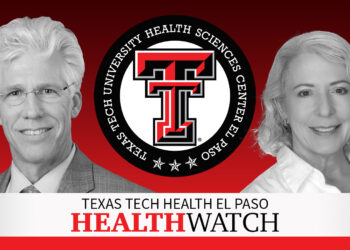TOPLINE:
Children with chronic medical conditions (CMCs) had higher rates of respiratory syncytial virus (RSV)-related hospitalization than healthy children during their first two RSV seasons, with a sustained elevated risk in the second year.
METHODOLOGY:
- Researchers conducted a retrospective population-based cohort study to identify children with CMCs who were at a higher risk for RSV-related hospitalizations during their first and second RSV seasons.
- They enrolled 431,937 children (51.4% boys) born in British Columbia, Canada, between April 2013 and March 2023, with or without a CMC, identified through the provincial health registry. The children were followed up until the day before their third RSV season or April 1, 2024, whichever came early.
- They compared RSV-related hospitalizations between 25,452 children diagnosed with at least one of 1116 distinct CMCs within their first 2 years of life and those without CMCs.
- The primary outcome was hospitalization due to RSV-related lower respiratory tract infection. Secondary outcomes included pediatric ICU admissions, hospital length of stay, and use of invasive mechanical ventilation.
TAKEAWAY:
- In the first RSV season, the hospitalization rate per 1000 person-years was 15.9 (95% CI, 14.2-17.6) for children with CMCs and 8.0 (95% CI, 7.7-8.3) for those without CMCs. In the second season, the rate was 7.8 (95% CI, 6.7-8.8) for those with CMCs and 2.2 (95% CI, 2.1-2.3) without CMCs.
- Children with CMCs had longer hospital and pediatric ICU stays and required mechanical ventilation more frequently during their first two RSV seasons than healthy children.
- RSV-related hospitalization rates in the second season among children with CMCs involving the respiratory, cardiovascular, or gastrointestinal systems were twofold higher than the overall hospitalization rate in the first season.
- Moreover, children with Down syndrome or those born at less than 28 weeks of gestation had fivefold higher RSV-related hospitalization rates in the second season than all children in the first season.
IN PRACTICE:
“Understanding the regional burden of RSV disease is critical to inform local RSV immunization guidelines. In regions with high IRs [incidence rates], a universal RSV prophylaxis program may be warranted. However, in jurisdictions with a lower burden of disease, targeted programs for children at high risk in their second RSV season may be more cost-effective,” the authors wrote.
SOURCE:
The study was led by Marina Viñeta Paramo, MBBS, Department of Pediatrics, University of British Columbia in Vancouver, British Columbia, Canada. It was published online on July 8, 2025, in JAMA Network Open.
LIMITATIONS:
The use of retrospective health administrative data may have introduced biases due to coding variability and misclassification of RSV cases. The analysis did not account for the timing of CMC diagnoses or treatments received. The frequent co-occurrence of extreme prematurity in children with CMCs limited the ability to separate their independent effects. Additionally, the database excluded children not registered for provincial health insurance at birth, potentially omitting vulnerable populations.
DISCLOSURES:
This study was supported by financial aid to three authors, including funding from the British Columbia Children’s Hospital Foundation. Two authors received financial support or a scholar award from Michael Smith Health Research BC. One author received grants from Merck, GlaxoSmithKline, Sanofi Pasteur, Moderna, and Pfizer.
This article was created using several editorial tools, including AI, as part of the process. Human editors reviewed this content before publication.
Source link : https://www.medscape.com/viewarticle/chronic-medical-conditions-raise-risk-respiratory-syncytial-2025a1000jm0?src=rss
Author :
Publish date : 2025-07-24 12:20:00
Copyright for syndicated content belongs to the linked Source.













